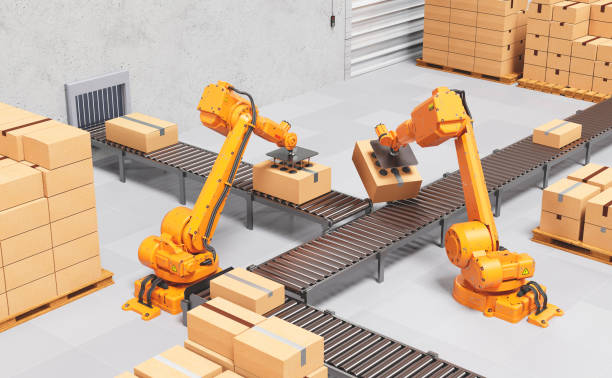The logistics industry faces unprecedented demands for speed, точность, and cost efficiency. With global e-commerce sales projected to reach $8.1 trillion by 2026, warehouses must adopt advanced automation to stay competitive. Enter palletizing robots —the game-changers transforming how goods are stacked, sorted, and shipped.
This article dives into the critical role of palletizing robots in modern logistics, backed by industry data and real-world case studies. You’ll learn:
- How these robots solve labor shortages and operational bottlenecks.
- Their adaptability across industries like pharmaceuticals, food & beverage, and e-commerce.
- Actionable steps to integrate robotic palletizing into your warehouse.
By the end, you’ll understand why 70% of Fortune 500 logistics companies now use palletizing robots—and how your business can leverage this technology.
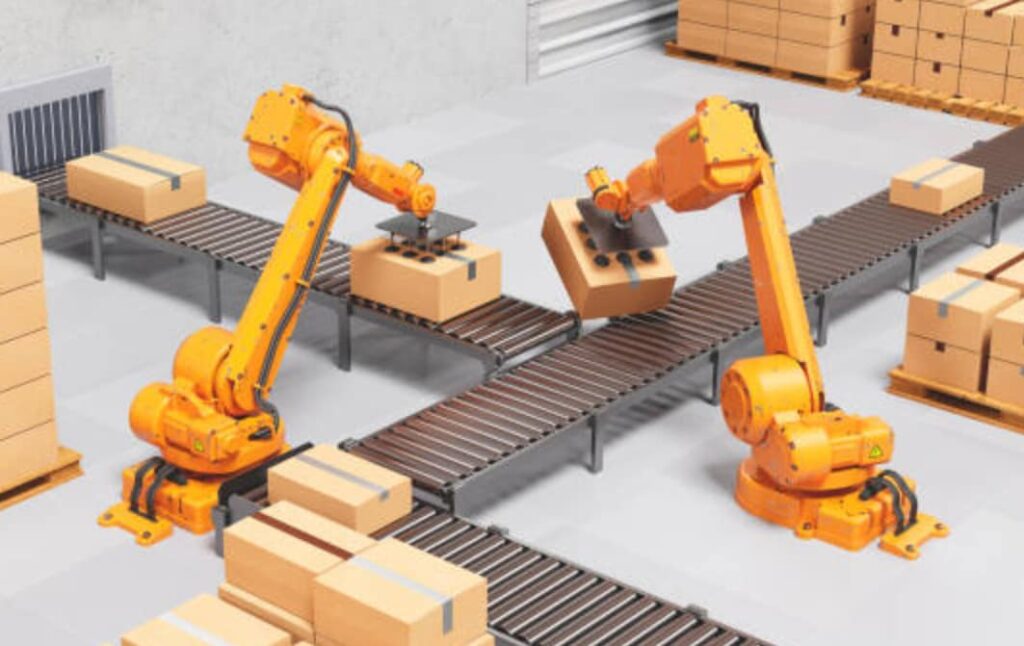
What Are Palletizing Robots?
Palletizing robots are automated systems equipped with articulated arms, grippers, and vision systems to stack products onto pallets with precision. Unlike traditional methods, they handle irregular shapes, fragile items, and mixed loads effortlessly.
Key Components:
- Robotic Arms: High-speed models like SCARA or 6-axis arms for flexibility.
- End-Effectors: Customizable tools (vacuum grippers, clamps) for diverse products.
- Vision Systems: 3D cameras and AI algorithms to detect object positions.
Industry Growth: The robotic palletizer market is projected to grow at 12.4% CAGR through 2030, driven by labor cost reductions and 24/7 operational capabilities.
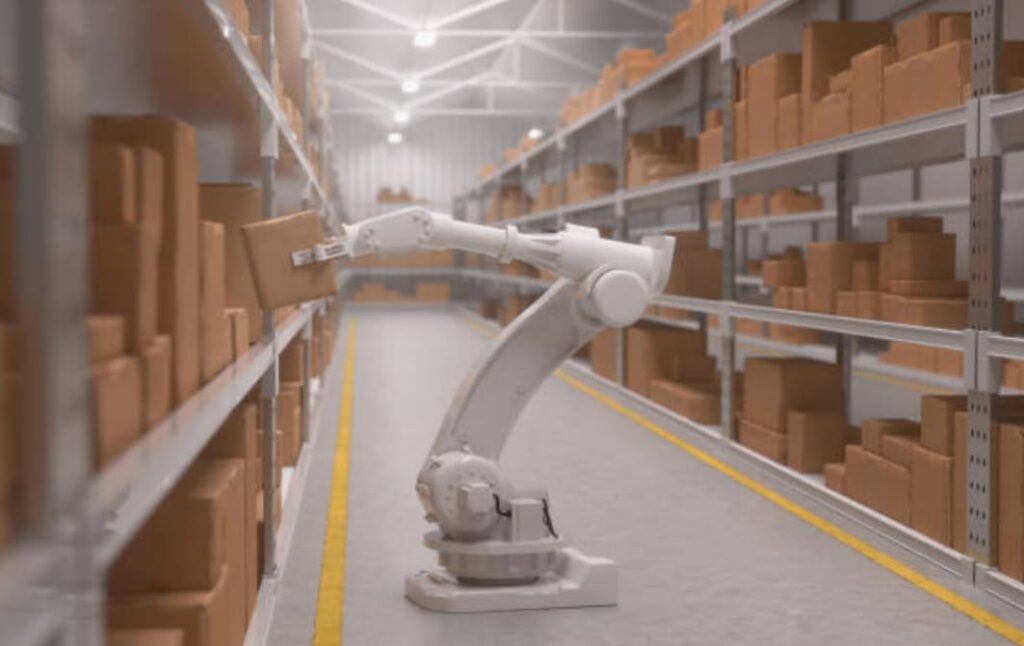
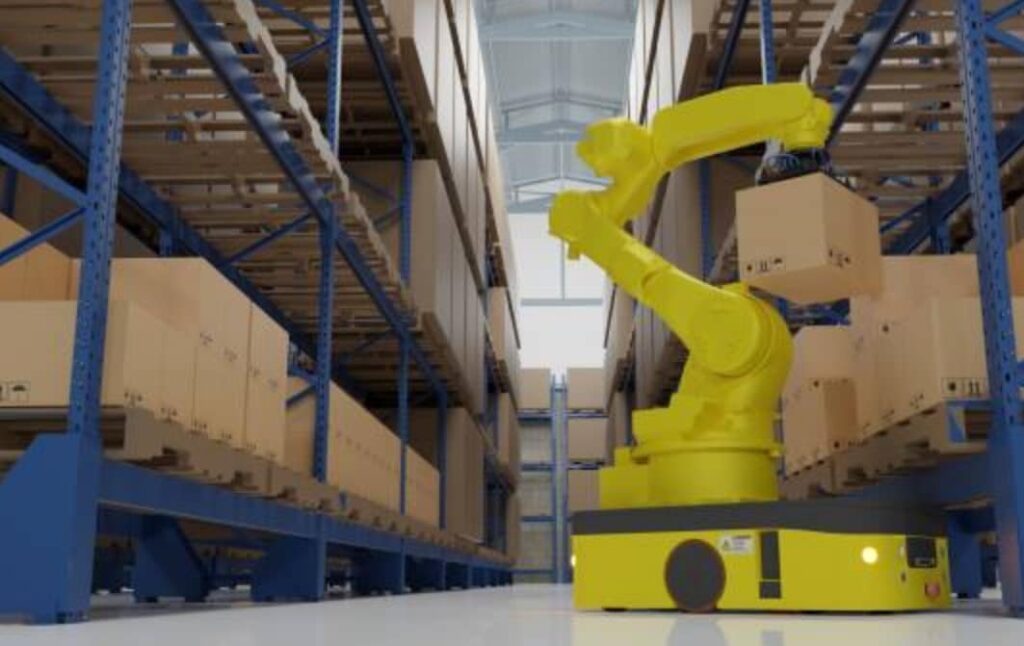
Top 5 Applications of Palletizing Robots in Logistics
1. E-Commerce Order Fulfillment
E-commerce warehouses process 10,000+ SKUs daily, requiring rapid sorting and stacking. Palletizing robots excel here by:
- Handling mixed loads (boxes, bags, irregular items) with 95% точность.
- Operating at speeds of 12 cycles per minute—triple manual labor output.
Тематическое исследование: DHL’s Netherlands facility automated ink cartridge fulfillment using a Zivid 3D vision-guided system, achieving 400 picks per hour and a 3-year ROI.
2. Cold Chain Logistics
Temperature-sensitive goods like pharmaceuticals demand precision. Robots:
- Stack vaccines and biologics without contamination risks.
- Operate in -20°C environments (например, frozen food warehouses).
Data Insight: Cold chain automation reduces product damage by 30% compared to manual handling.
3. Pharmaceutical Packaging
Palletizing robots ensure compliance with strict regulations:
- Gentle handling of glass vials and blister packs.
- Audit trails for FDA compliance via integrated software.
Пример: A leading pharma company reduced packaging errors by 45% after deploying cobot palletizers.
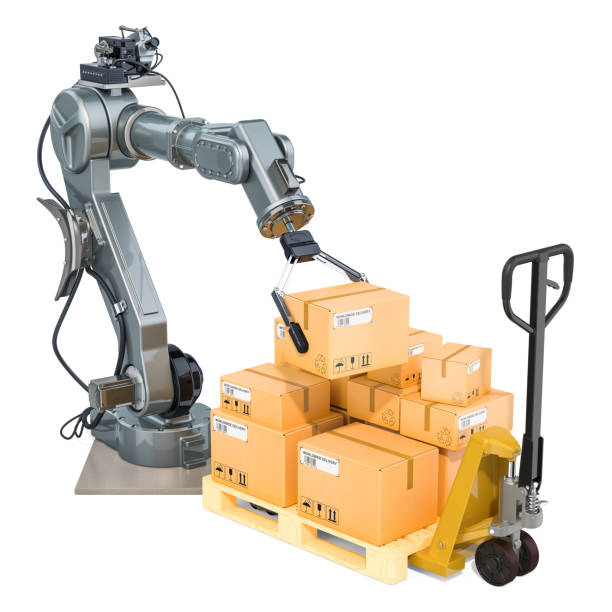
4. Heavy-Duty Industrial Loads
For automotive parts or construction materials, robots:
- Lift loads up to 1,500 кг using gantry systems.
- Prevent workplace injuries linked to manual lifting.
Stat: Heavy-load robots cut labor costs by 50% in German automotive plants.
5. Cross-Docking Operations
In time-sensitive hubs, robots:
- Sort mixed pallets for same-day shipping.
- Integrate with AGVs (Автоматизированные управляемые транспортные средства) for seamless transfers.
Innovation Alert: Honeywell’s robotic systems now feature AI-powered demand forecasting to optimize cross-docking schedules.
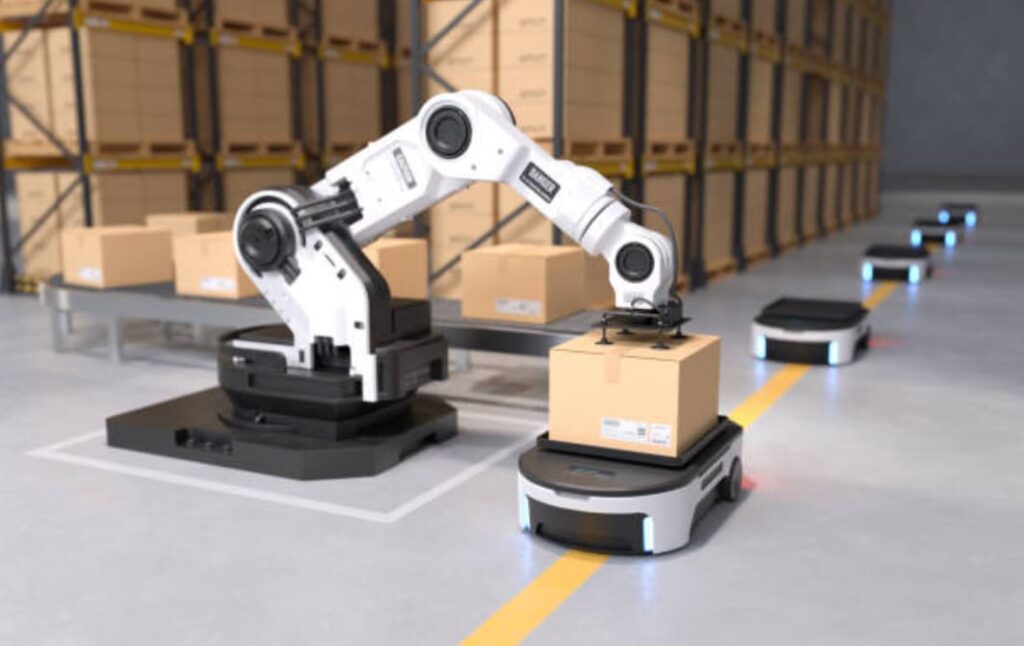

Why Palletizing Robots Outperform Manual Labor?
- Cost Savings: Reduce labor expenses by 60% while achieving 24/ uptime.
- Безопасность: Eliminate repetitive strain injuries—a $20B annual cost in the logistics sector.
- Scalability: Add arms or reprogram workflows in hours, not weeks.
Implementing Palletizing Robots: A Step-by-Step Guide
- Assess Needs: Identify high-volume, error-prone tasks (например, fragile item stacking).
- Choose Hardware: Opt for modular systems like Yaskawa’s Motoman or ABB FlexLoader.
- Integrate Software: Use WMS (Системы управления складом) for real-time tracking.
- Train Teams: Leverage vendor-provided tutorials (например, DHL’s video guides).
Для чаевого: Start with a pilot project targeting one workflow (например, box palletizing) before scaling.

The Future of Palletizing Robots
Emerging trends include:
- AI-Driven Optimization: Predictive maintenance and load-balancing algorithms.
- Collaborative Robots (Cobots): Safe human-robot interaction for hybrid workflows.
- Sustainability: Energy-efficient models cutting power use by 25%.
Заключение
Palletizing robots aren’t just a trend—they’re a necessity for modern logistics.
By adopting palletizing robots, you’ll future-proof operations, slash costs, and meet skyrocketing consumer demands—all while staying ahead in the automation race.

